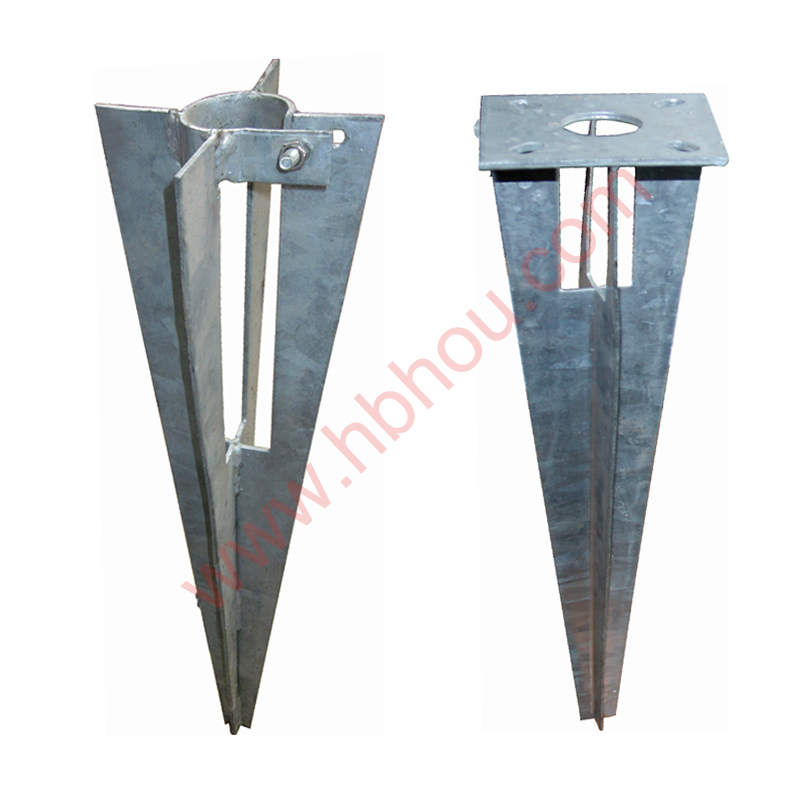The Role of Binding Wire in Construction
Binding wire is an essential material in the construction industry, known for its versatility, strength, and cost-effectiveness. Used primarily for binding reinforcement bars (rebars), binding wire helps secure structures, ensuring safety and durability in various construction projects. This article explores the functions, types, and benefits of binding wire in construction.
Functions of Binding Wire
In the context of construction, the primary role of binding wire is to hold rebars together before the concrete is poured. Properly bound rebars form a skeleton that enhances the tensile strength of concrete structures. When concrete is poured around these rebars, the combination creates a composite that can withstand various stresses and external loads. Whether in buildings, bridges, or roads, binding wire is crucial for maintaining the integrity of the construction.
Additionally, binding wire serves an important function in organizing and positioning the rebar. It helps ensure that the rebars are placed accurately according to the structural design, which is vital for achieving the desired strength and stability. The ease of use and adaptability of binding wire allows construction workers to make quick adjustments as needed, further contributing to project efficiency.
Types of Binding Wire
Binding wire comes in various types, each designed for specific applications in construction. The most common type is mild steel binding wire, known for its ductility and strength. It is widely used due to its ability to withstand bending without breaking, making it ideal for binding together rebars of different sizes and shapes.
binding wire in construction

Another variant is galvanized binding wire, which is coated with zinc to enhance its resistance to corrosion. This type is particularly useful in environments where moisture is present, helping to prolong the life of the structure and ensuring long-term durability. Depending on the project’s requirements, construction professionals choose the type of binding wire that best meets their needs.
Benefits of Binding Wire
The benefits of using binding wire in construction are manifold. First and foremost, it enhances structural safety. By securely fastening rebars in place, binding wire significantly reduces the risk of structural failure, which can be costly and dangerous.
Moreover, binding wire is cost-effective. It is relatively inexpensive compared to other construction materials, which helps in managing project budgets effectively. Therefore, even large-scale projects can incorporate binding wire without straining financial resources.
Finally, binding wire facilitates ease of handling. It is lightweight and easy to work with, allowing construction teams to quickly assemble rebar frameworks. This efficiency translates to shorter project timelines and improved workflow on construction sites.
Conclusion
In summary, binding wire is a fundamental component in the construction industry. Its role in securing and organizing reinforcement bars is critical for ensuring the strength and stability of concrete structures. Available in various types to suit different conditions, binding wire is not only affordable but also enhances the overall safety of construction projects. As the industry continues to innovate and evolve, the importance of binding wire will remain a cornerstone of effective construction practices.
















